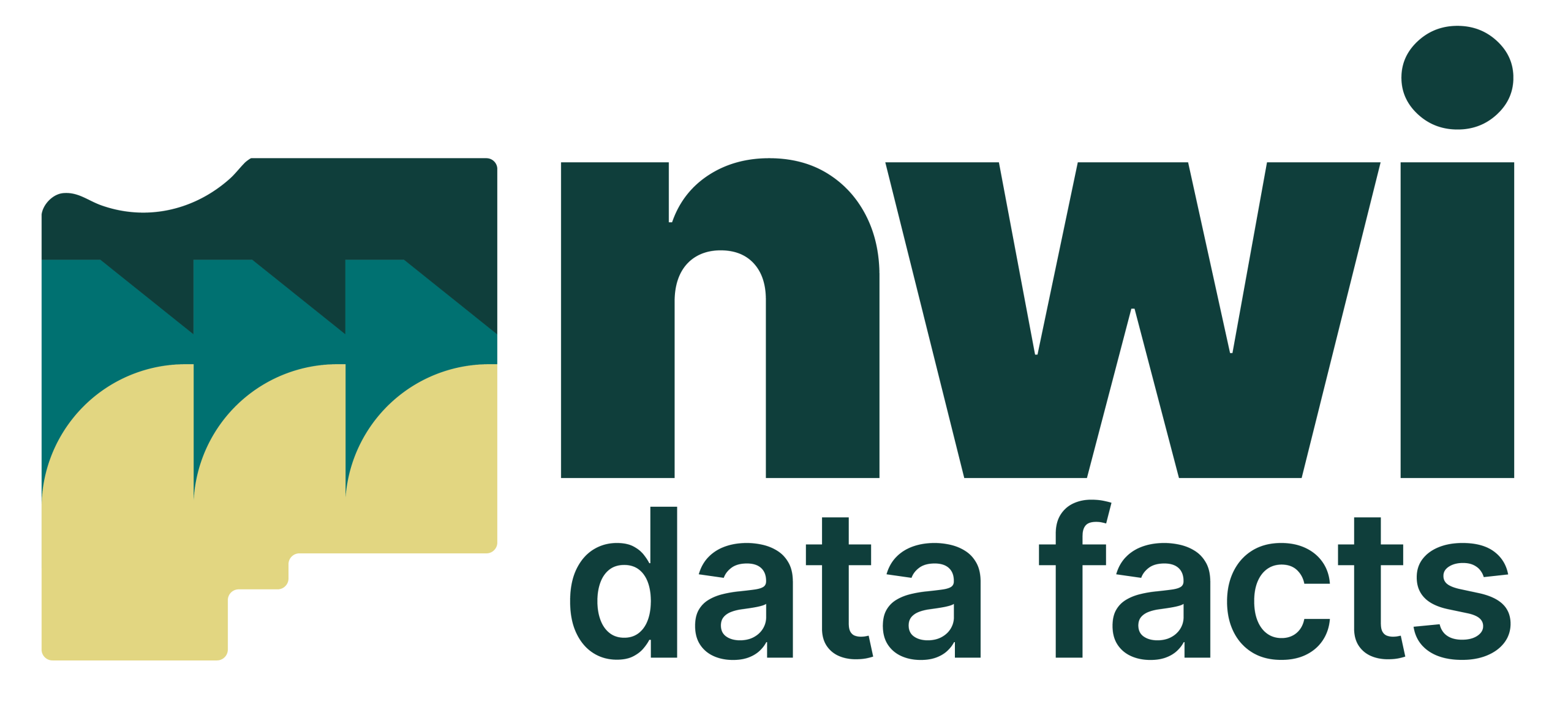Data centers, like all electrical facilities, emit electromagnetic fields (EMF). The World Health Organization provides resources on typical EMF exposure, which is generally considered safe in everyday life.
For more explanation:
Electromagnetic field (EMF) radiation refers to the waves of the electromagnetic field produced by electrically charged objects. These waves propagate through space carrying electromagnetic radiant energy. EMF radiation can come from both natural sources such as the Earth’s magnetic field and manmade sources, such as electronics/electronic appliances, cell phones, and power lines.
Types of EMF Radiation
Non-ionizing Radiation: This includes extremely low-frequency (60Hz) EMFs (like those from power lines) and low frequency (up to 1015Hz) optical radiation (like visible light, infrared, and ultraviolet). Non-ionizing radiation is generally considered less harmful, as it does not have enough energy to remove tightly bound electrons from atoms.
Ionizing Radiation: This includes ultraviolet rays, X-rays, and gamma rays, which have higher frequencies (greater than 1 petahertz = 1015 Hz) and the energy to ionize atoms and molecules, potentially causing damage to cells and DNA.
Potential Impacts of EMF Radiation
The health and environmental impacts of EMF radiation have been a subject of extensive study. According to the World Health Organization (WHO), low-frequency EMF exposures from power lines and electrical appliances are far below the levels that can produce significant heating or long-term tissue damage.
The EMFs generated by high-voltage transmission lines servicing a data center are within the non-ionizing range and would comply with federal regulatory standards to ensure public safety including the National Electrical Safety Code, which sets forth guidelines for the installation and operation of power lines to control EMF exposure.
In reality, radiation from a data center doesn’t extend far beyond its physical walls and the level is less than a household microwave.
